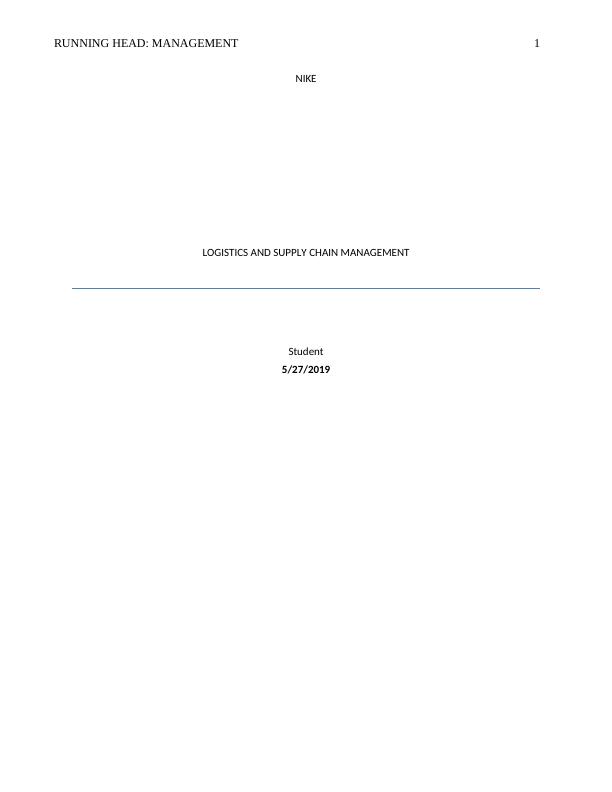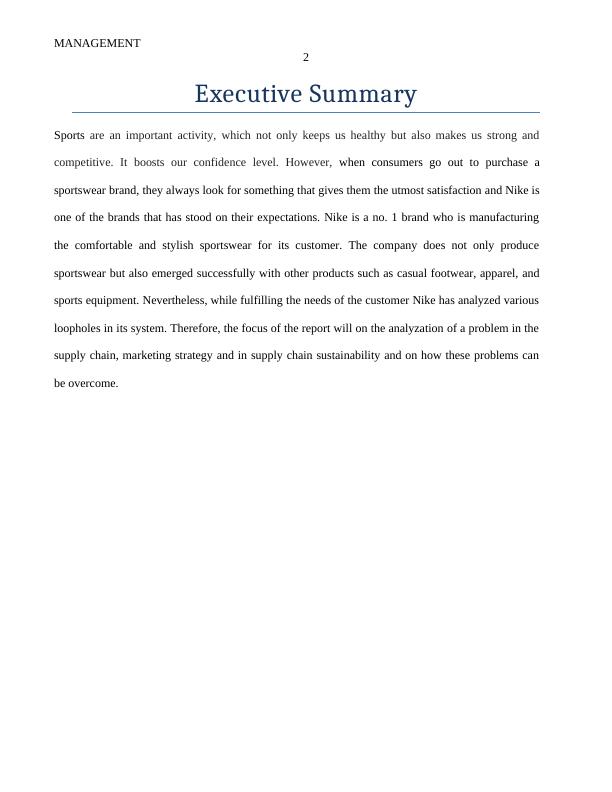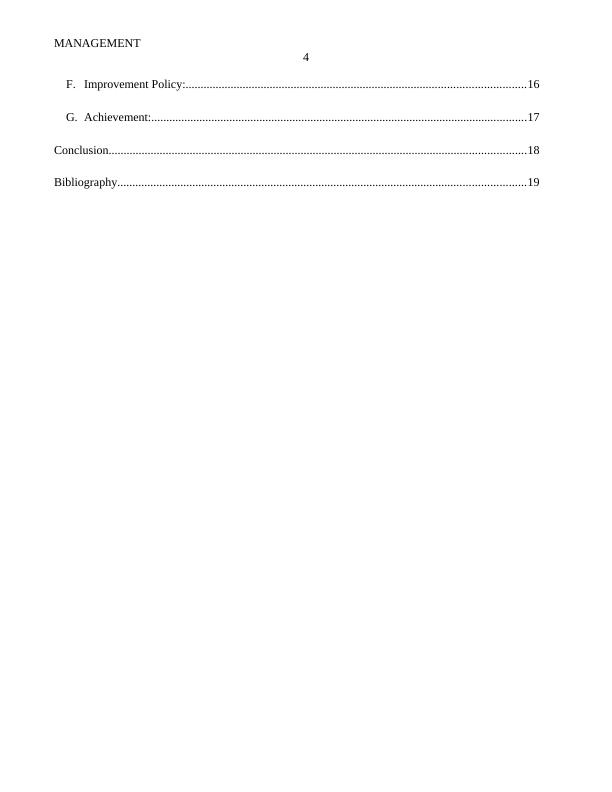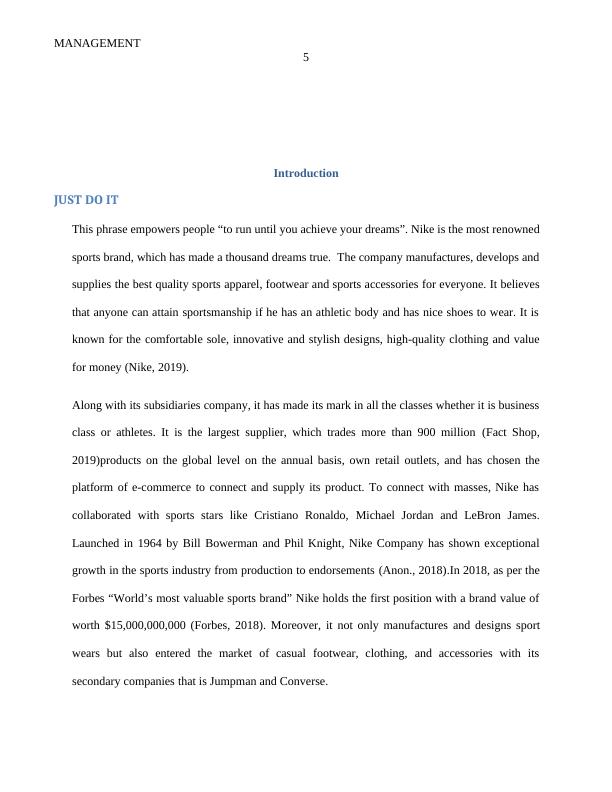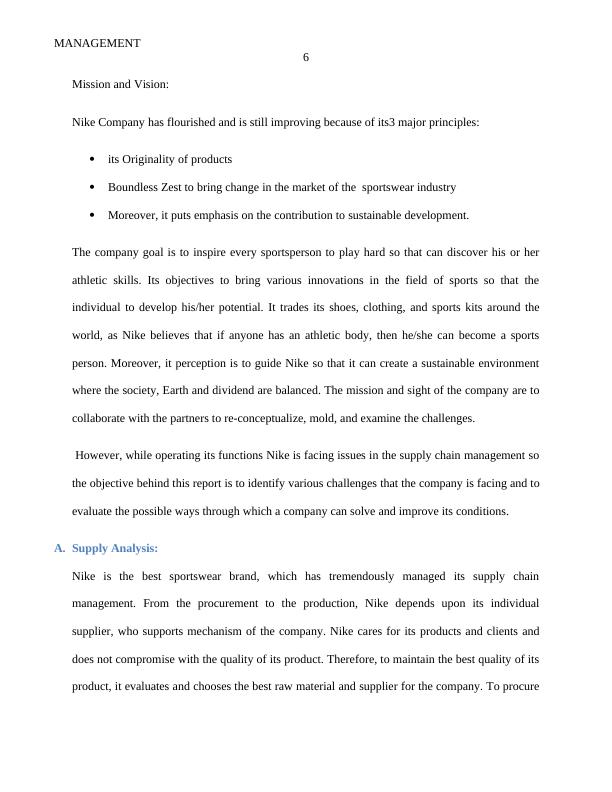Nike: Supply Chain Management Challenges and Solutions
Produce an analytical report mapping and analyzing the procurement and supply chain for a chosen company, including improvement programs.
22 Pages3712 Words143 Views
Added on 2023-04-04
About This Document
This report analyzes the supply chain management challenges faced by Nike and provides solutions to overcome them. It also discusses the company's sales market, key customers, forecasting techniques, inventory management, and the bullwhip effect.
Nike: Supply Chain Management Challenges and Solutions
Produce an analytical report mapping and analyzing the procurement and supply chain for a chosen company, including improvement programs.
Added on 2023-04-04
ShareRelated Documents
End of preview
Want to access all the pages? Upload your documents or become a member.
Brand Management of Nike
|14
|4220
|487
Management Economics: Nike's Market Structure and Optimal Position
|13
|3499
|34
Financial Statement Analysis of Nike Inc.
|11
|3323
|282
Leadership and Management in the Event Industry: A Case Study of Nike
|11
|2563
|146
Marketing and Service Management
|12
|3526
|119
Marketing Plan for Nike: Opportunity Analysis, Market Analysis, Competitor Analysis, SWOT Analysis
|15
|2922
|382

